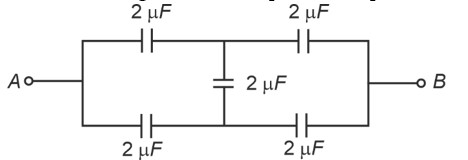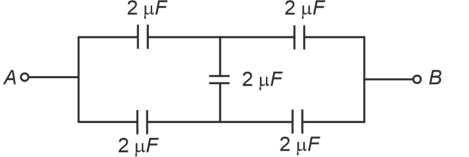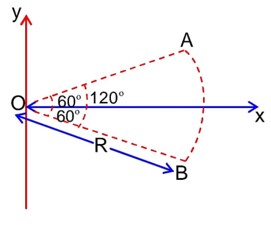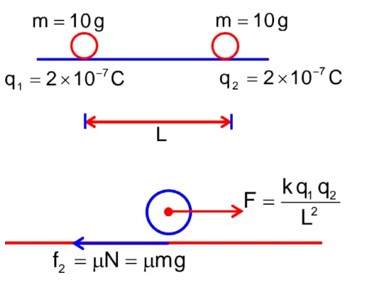Electrostatics
Get insights from 79 questions on Electrostatics, answered by students, alumni, and experts. You may also ask and answer any question you like about Electrostatics
Follow Ask QuestionQuestions
Discussions
Active Users
Followers
New answer posted
3 months agoContributor-Level 10
(A) If is the velocity of light
so, (Energy of photon)
(B) Velocity of photon is equal to velocity of light i.e. c.
(C)
(D) In photon-electron collision both total energy and total momentum are conserved.
New answer posted
3 months agoContributor-Level 10
The potential
at any point, at distance
from centre of dipole
At axial point where
At axial point where
New answer posted
3 months agoContributor-Level 10
Here r is fixed
For maxima or minima of force, its first derivative should be zero.
Since second derivative is always negative so maxima will occur at this value of q.
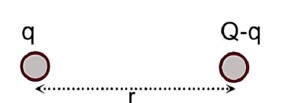
New answer posted
3 months agoContributor-Level 10
Volume of 27 identical drops = volume of a bigger drop
R3 = 27r3
R = 3r
Given potential of a small drop = 22v
New answer posted
3 months agoTaking an Exam? Selecting a College?
Get authentic answers from experts, students and alumni that you won't find anywhere else
Sign Up on ShikshaOn Shiksha, get access to
- 65k Colleges
- 1.2k Exams
- 679k Reviews
- 1800k Answers

